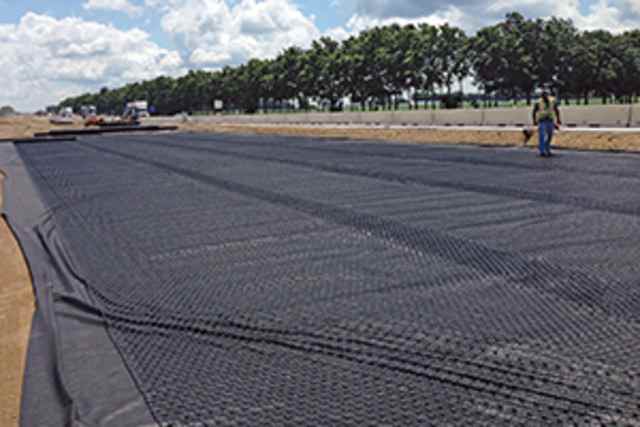
Retaining means to hold back the soil masses or loose soil where conditions make it impractical to let those masses assume their natural shape.
Retaining walls are structures used to maintain rock, soil, or other materials in a vertical condition. Their purpose is to slope stabilization and provide useful areas at different elevations, e.g., terraces for agriculture, buildings, roads, and railways.
Types of Retaining Walls
Here is the list of some commonly used retaining walls:
- Gravity Retaining Wall
- Crib Retaining Wall
- Gabion Retaining Wall
- Cantilever Retaining Wall
- Pile Retaining Wall
- Anchored Retaining Wall
Gravity Retaining Wall
Gravity walls are the earliest known retaining wall structures. They are built from rock rubble or solid concrete. The weight of the wall itself resists the lateral forces from the backfill, and due to their enormous nature, they develop very little tension. They are usually not reinforced with steel.
Gravity walls can be constructed from different materials such as bricks, stone, and concrete.
Gravity walls are economical till heights up to 3 m (10 feet). During the construction or design, precaution against overturning, sliding, and bearing pressure shall be taken into consideration.
Crib Retaining Wall
Crib retaining walls are a structure similar to the gravity retaining wall. Crib walls are made up of individual interlocking boxes made from timber or precast concrete. These boxes are then filled with crushed stone or coarse granular materials to create a drainage free structure.
There are two types of crib wall:
- Timber Retaining Wall
- Reinforced Precast concrete.
Curb Retaining wall is suited to support planter areas, but it is not recommended for support of slopes or structures.
Gabion Retaining Wall
Gabions are multi-celled, welded wire or rectangular wire mesh boxes, which are then rock-filled, and used for the construction of erosion control structures and to stabilize steep slopes. Their applications include,
- Retaining walls
- Bridge abutments
- Wing walls
- Culvert headwalls
- Outlet aprons
- Shore and beach protection walls, and
- Temporary check dams.
Cantilever Retaining Wall
Cantilever walls are constructed from reinforced concrete and are typically composed of a horizontal footing and a vertical stem wall. It is commonly used as retaining walls.
The weight of the earth’s soil mass above the heel of the wall helps keep the fence stable. Cantilever walls are economical till heights up to 10 m (32 feet).
Similar to the gravity wall, overturning, sliding, and soil bearing pressure shall be taken into consideration during its design.
Pile Retaining Wall
Pile retaining walls are constructed by using reinforced concrete piles driven adjacent to each other. Piles are driven to a depth that is sufficient to counter the force which tries to push over the wall.
Piled walls offer high stiffness retaining elements that can hold lateral earth pressure in long excavation depths without disturbing the surrounding structures or properties.
Sheet pile walls are built using steel sheets into a slope or excavations up to a required depth, but it cannot withstand very high pressure. They are generally used to build continuous walls for waterfront structures and temporary construction walls. Sheet pile retaining walls are sufficient up to the height of 6m and heights > 6 m if used with anchors. It can be made of steel, plastics, wood, precast concrete.
Anchored Retaining Wall
Anchored Retaining Walls are embedded at top and bottom using cables, which are anchored in soil or rock behind it. Cables are driven into the ground and expanded at the end, either by mechanical means or by injecting pressurized concrete into the hole.
The strength of the anchored retaining wall is higher than most of the retaining wall under the same size. This wall is constructed when the space is limited, or a thin retaining wall is required.
Applications of Retaining Wall
- Retaining walls have gained popularity in a short period of time, becoming increasingly used for landscaping projects around the home and commercial landscapes.
- They are used for both commercial and residential purposes.
- Retaining walls are found in the home garden to feature flower beds. They add aesthetic appeal to your landscaping. They can also have a functional application.
- Retaining walls makes use of steep or sloping land and help with stormwater management and drainage.
- The rise in popularity in the construction of retaining walls is mainly due to the availability of various shapes, sizes, colours, and designs.
- Also, retaining walls can be self-installed, making them very cost-efficient.
- Construction of retaining walls can be as simple as stacking blocks together.

